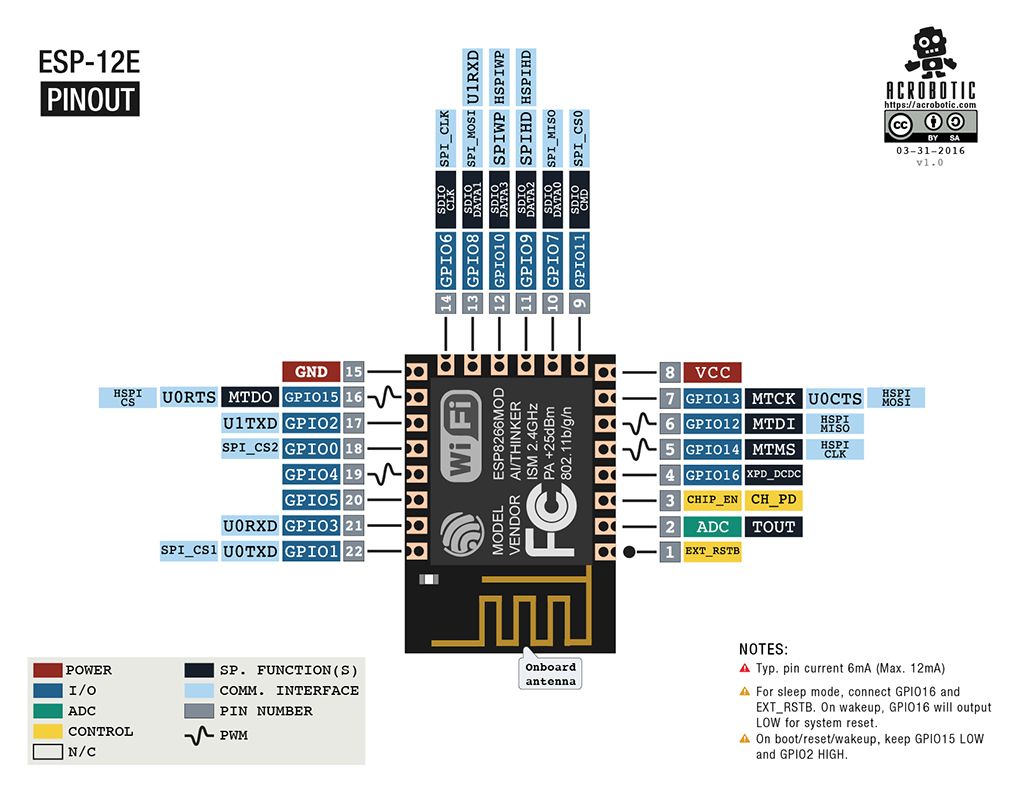Last weekend I was testing the Wi-Fi module on the EP, but a lot of things where against me....
First, the ESP8266 module comes with a stock baud-rate setting of 115200, it first needs to be changed to 9600 on a capable computer, but on the other side, a good connection could return at least some garbage.
Second, on the BBC it worked to joint RTS with CTS to use software handshake, but not on the Enterprise. Reading the module documentation, I found that hardware handshaking is still possible but not with this module, ESP8266-01, as it hasn't populated all the pins of the chip on the header connector. There are other reincarnations with more connectivity, like the ESP8266-12E:

To be able to use RTS and CTS on the module, first an AT command has to be send to the module:

I think not all is lost with the ESP8266-01 I bought, I can solder two leads to the ESP8266EX pins, 12 and 13 on the module:

Now I have the little leads connected directly to the chip:

But I have to wait for a MAX3232 module to convert and invert the 3,3v TTL signals to the RS423 levels of the EP.
I have bought
this that works on four lines.